Hilary Mantel says that if you want to write historical novels and you include facts you should make sure that those facts are right. Jim Crace, whose novel Harvest has made it to the Booker longlist, thinks otherwise:
‘I’m not interested in that at all. I don’t want facts, I want to make things up and to dig deep into traditional storytelling to produce a tale that illustrates the subject matter I care about.’ (from an interview in the Guardian: http://www.theguardian.com/culture/2013/aug/16/jim-crace-interview )
Mantel also says we should not apply modern priorities to the people of the past – something some serious historians could usefully pay attention to. But here again Crace disagrees:
‘I’m not interested in anything else but foisting those sensibilities and writing books that concern the 21st-century. None of this is a critique of what Mantel does so perfectly. It is just to illustrate that for me it is a whole different ball game.’
I haven’t read Harvest (and let’s be honest I’m unlikely to). Apparently it’s set in an unnamed English village, an indeterminate number of centuries ago, at the moment when peasant farmers were forced off the land to make room for sheep. The narrative mentions post-horses and plague is a threat. A surveyor draws maps. We seem to be in the seventeenth century.
Crace was inspired by noticing for the first time some fields around Watford Gap: ‘I noticed that the surrounding fields were full of ridge and furrow. As a Midlander and a big walker I’d always loved ridge and furrow fields, the plough-marked land as it was when it was enclosed. It is the landscape giving you a story of lives that ended with the arrival of sheep.’
The problem is that it probably wasn’t like that at all: the whole business of depopulation and enclosure is much more complex and very few villages were removed to make room for sheep. Crace’s ridge and furrow could have survived until the eighteenth or even the early nineteenth century, when enclosure of common land took place to facilitate commercial farming. You’d have to go to the County Record Office, look at estate papers and enclosure awards … and that might spoil the whole story.
So does it matter? It’s clearly a powerful and well-written book. Crace’s other concern was the parallels between his story and the eviction of indigenous people by soya barons in south America, and he uses his historical narrative for a powerful modern critique.
But should we call it a historical novel when he clearly isn’t at all concerned with history?
These issues are trending on Twitter with the broadcasting of the final episode of The White Queen. Of course, we didn’t expect them to get the Welsh contribution to Bosworth right. Too much to hope for. But apparently they didn’t get the Stanley contribution either – and my friend Philip Beddows (of Teulu Elystan Glodrydd – tweets as @Fferllys) spotted one of Henry Tudur’s men in Richard III’s colours and carrying the badge of the white boar. Now, this could have been a radical new insight into battlefield tactics – but it’s much more likely to have been a mix-up in the wardrobe pantechnicon. Badges and colours were specifically supposed to have prevented that sort of confusion!

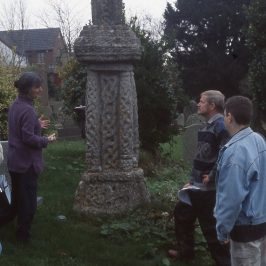
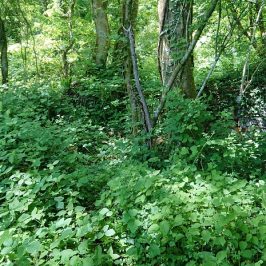
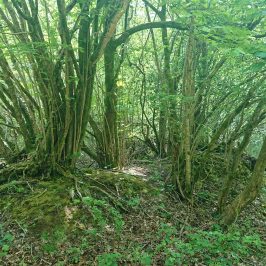
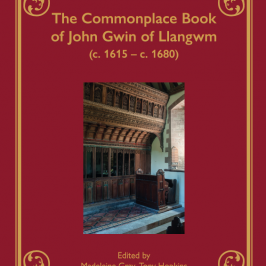
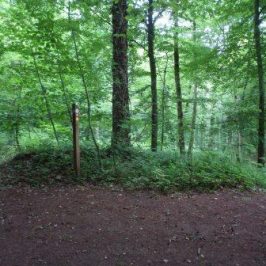

Leave a Reply